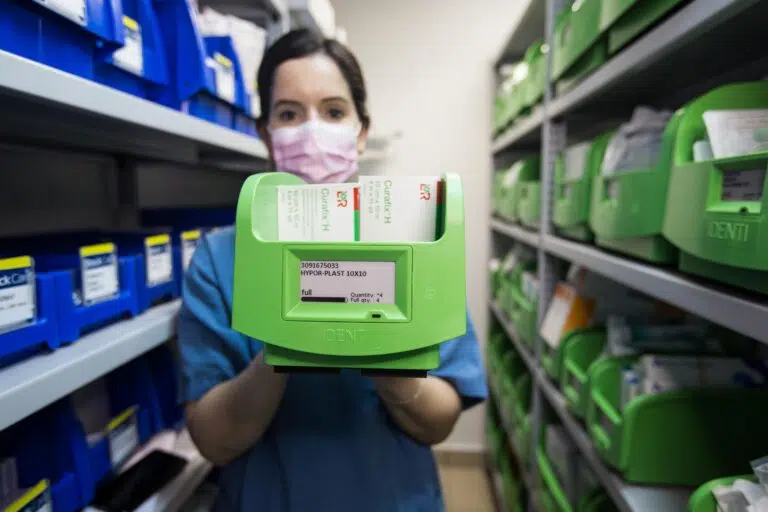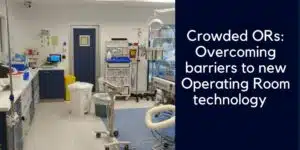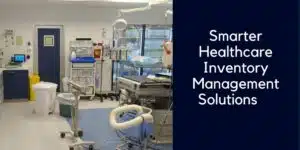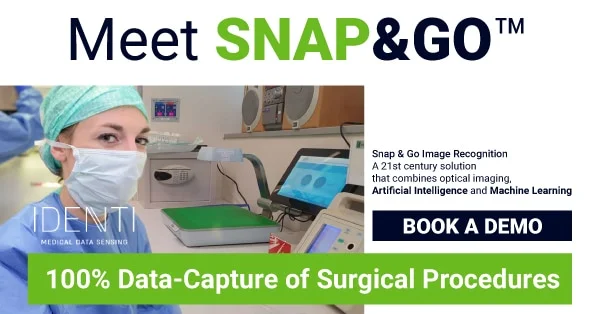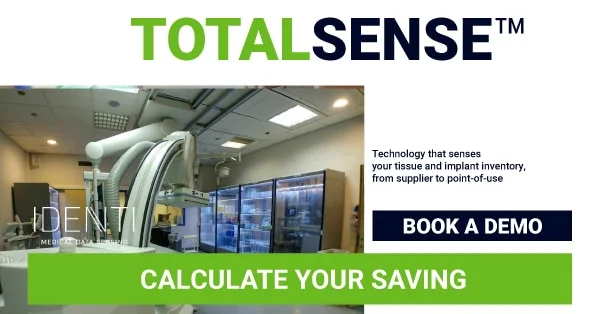What’s inside:
This article will look at:
- The financial problems faced by healthcare providers in 2022
- The role of technology in streamlining the hospital supply chain
- The tools that can reduce medical inventory wastage and boost surgical revenue
The Kaufman Hall report on the financial challenges in healthcare 2022
According to a recent study published by Kaufman, Hall & Associates, 2022 has been the hardest financial year for hospitals and healthcare systems since the start of the pandemic,
The National Hospital Flast Report, issued October 2022 and which collected data from 900 hospitals, shows embattled US health providers fighting a toxic mix of workforce shortages, supply chain disruptions, and rising expenses. The latest Kaufman Hall report issued November 30th, 2023 confirmed a further month of negative operating margins for hospitals and commenting, “As the year comes to a close, compounding months of poor performance could signal continued difficulties for hospitals in the near future.”
This onerous mix of financial challenges in healthcare 2022, which outpaces hospital revenues, is expected to cost billions of dollars, making 2022 the most difficult year for hospitals and health systems since the pre-Covid years.
Financial projections for the US healthcare sector in 2022
Difficult financial dilemmas, along with an understanding that no foreseeable federal support will become available, has piled the pressure onto hospitals and ambulatory care centers.
According to the report, the main issues are:
- The rising cost of hospital medical supplies, drugs and equipment
- Expenses are projected to increase throughout the rest of 2022, leading to an increase of nearly $135 billion over 2021 levels – leading expenses are supplies and expensive drugs.
- Non-labor expenses are projected to increase by $49 billion.
- Escalating staff costs
- Labor expenses are projected to increase by $86 billion, as the effects of healthcare labor shortages continue to bite.
- Increased competition
- Outpatients’ revenue was one area of improvement as patients scheduled in elective procedures. However, the outpatient day surgery sector is being disrupted by new entrants and this is a threat to future volumes for hospitals, who will need to adapt and look at future day surgery delivery in non-hospital settings.
The Report cites several gloomy figures for 2022:
- More than half of hospitals were operating in the red for the first half of 2022, with the figure expected to rise to two-thirds throughout the remainder of the year.
- Projected margins show a reduction of 37% for the first half of the year, with forecasts indicating a drop of 133% for the rest of 2022 (when compared to pre-pandemic figures).
Financial pressures at this level cannot be tolerated for long and the current situation could force hospitals to reassess what services they will be able to deliver moving forward.
Alongside these difficult decisions, healthcare providers are looking to improve efficiency and reduce costs, in order to achieve leaner operational costs. This focus on financial health will help to strengthen the core of an organization’s healthcare delivery.
Focusing on achievable financial goals in healthcare for 2023
Hospitals and surgery centers have been looking at ways to address their financial losses and realize that if they can increase efficiency and deliver cost-savings, then these can help offset the rising cost of their medical supplies’.
During this time of unprecedented financial burdens, healthcare providers cannot control the external factors, but they can address internal issues that could improve their financial position.
Many healthcare organizations are reviewing their areas of high expenditure and looking to take action to tackle wastage, inflated costs and time/resource-heavy workflows.
Medical supplies are one of the highest expense areas for any healthcare organization. But it’s not just the ever-rising cost of the items that is the issue:
- Hospital inventory management inefficiencies are leading to high wastage costs
- Ineffective implant and UDI tracking can result in expensive items being missed off medical billing, leading to under-reimbursement.
Many hospitals and surgery centers are now taking the time to review their management of the healthcare supply chain, in a bid to add measures that boost case income and reduce hospital inventory wastage.
Improving the financial performance of hospital supply chain management
The medical supply chain is an area that is ripe for review, and in particular tasks relating to item tracking and documentation are known weak points in many hospital supply chain workflows.
Item documentation is known to be prone to system inefficiencies and often lacks effective automation. Nurses are often frustrated by the time and effort it takes to locate and document medical devices and implants.
There are three areas emerging as key drivers for the improved operational and financial management of the healthcare supply chain:
- Reducing wastage
- Reducing costs
- Improving reimbursement
Hospital supply chain data capture issues
Many hospitals and health centers rely upon inefficient technology in their surgical suites, with some still using manual systems.
Even where technology is in place, system limitations often result in a hybrid system coming into play, whereby manual keying-in ends up taking place following automation failures.
Once supply chain data is input manually, there is a higher risk of inaccuracy and omissions – due to the time factor, cumbersome data entry screens, keying-in errors etc.
Capturing supply chain data has an organization-wide impact – if full item UDI tracking and utilization is not achieved then implants go off the radar which is:
- A disaster for patient safety if the item is later recalled
- A data-gap that can mis-steer inventory management
- A financial catastrophe due to a missed revenue opportunity
Automated healthcare supply chain management
Healthcare managers can see the financial gains for investing in more robust systems that improve efficiency and reduce costs, but they are seeking the right technology and tools.
Examples of technology being used to boost supply chain visibility and tracking is the automated RFID smart cabinet. A good cabinet can add speed and efficiency to the management of medical supplies, providing full inventory vision and control, reduced wastage and automated, data-driven restocks.
One major improvement achieved by automating inventory management is the speed and accuracy of expiry and recall management. A good-automated RFID cabinet will have managing software that generates useful reports and metrics that steer decision making. An example of this is the flagging of soonest-to-expire stock items, so that these can be prioritized for usage, preventing wastage. They also show recalled and expired stock so that these can be removed from storage, preventing ‘never events’.
High value implants and medical devices require UDI tracking by FDA regulation and automated cabinets provide real-time medical inventory visibility and reports, helping healthcare organizations to evidence the regulatory compliance.
It is clear that smart technology can improve the way that medical inventory is managed and can ensure that hospitals and ASCs are better able to keep track of their high value medical supplies.
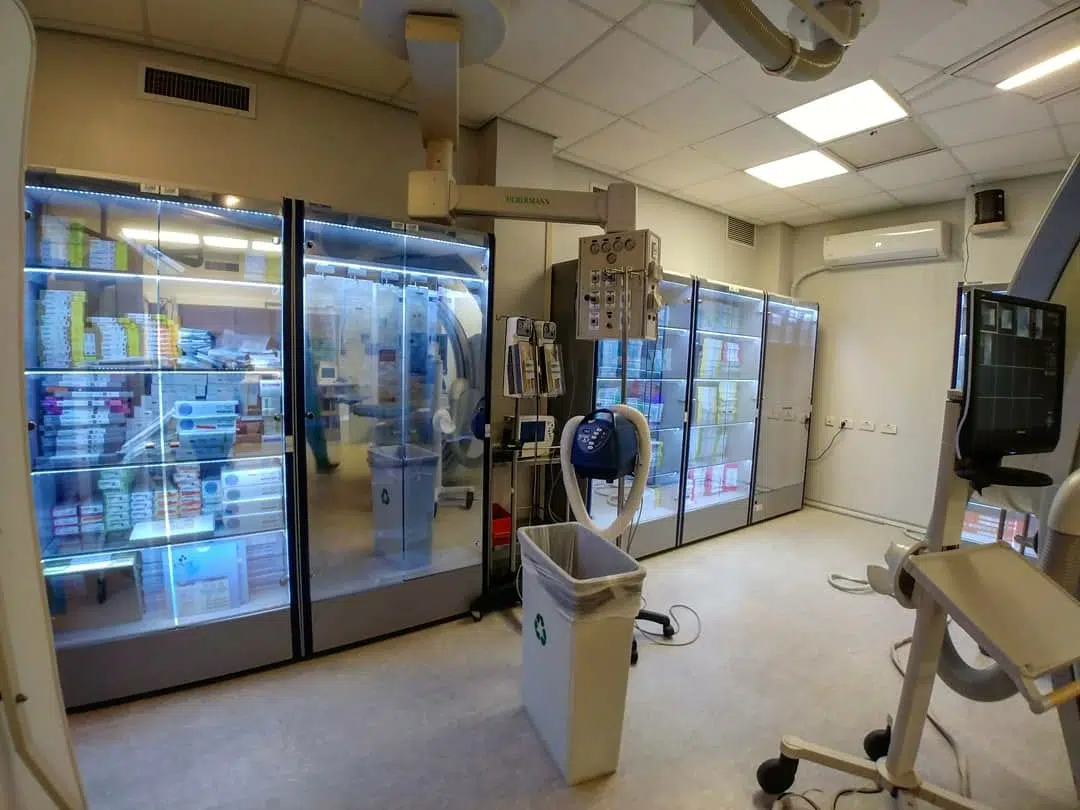
It’s not just the storage stage of medical supplies’ management that needs attention, there is one specific healthcare area that is prone to data loss and wastage.
It’s time for a change of point-of-use data-capture tools
Albert Einstein famously defined insanity as,”doing the same thing over and over again and expecting different results.”
And he was right.
Traditional POU data capture methods are inadequate and simply don’t result in 100% item capture during surgery.
Barcode scanners and manual inputting are failing healthcare providers and resulting in lost data and lost dollars.
Old technology has failed.
A new approach to item capture during surgery is needed.
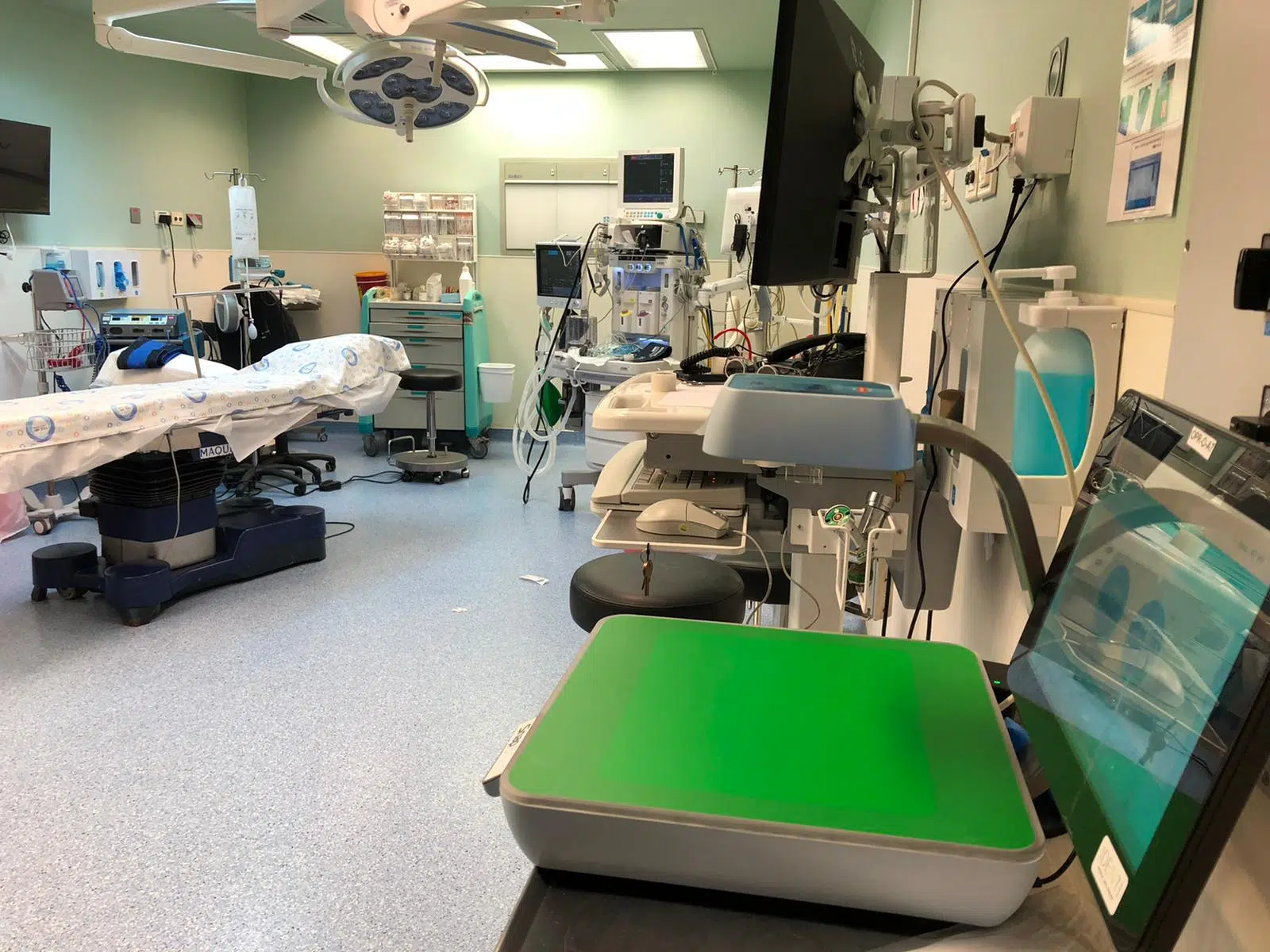
New POU healthcare technology to reduce costs and increase revenue
Surgical data-capture solutions are the current must-have tools, that are helping healthcare providers to plug medical surgical supply chain data and income gaps, in the complex OR environment.
Inefficient systems result in missed surgical charge-capture and under-reimbursement – a totally avoidable occurrence, and one that, once addressed, can literally make 7-digit savings.
The new way to capture data at the point of care is using image recognition technology and AI software.
This winning combination finally takes the pressure off of busy Circulating Nurse, by enabling them to successfully document every item used in surgery, in seconds.
Snap & Go data capture at the point of use
Snap & Go is exciting, disruptive technology that provides a new way to capture ALL items used in surgery.
It uses computer vision twinned with AI technology and machine learning to achieve quick and accurate data capture.
The Circulating Nurse simply needs to take a quick ‘snap’ of an item – and the system takes care of everything else. All tasks relating to item identification and documentation are now automated.
AI and machine learning technology, plus a little help from our global SKU database, are used to identify the image and automatically chart the item in the hospital’s EMR, ERP and MMIS.
New health-tech tools are now revolutionizing the surgical suite, providing busy Circulating Nurses with relieve from the daily burden of supply chain admin tasks. Lack of efficient technology has been resulting in inefficient item data management, incomplete surgical data capture and distracting nurses from patient care duties.
By using technology to solve point of use supply chain data capture issues, hospitals and surgery centers can pack a heavy punch. The results can be impressive: accurate inventory management, reduced wastage, improved patient safety and optimized case income. Introducing more effective implant tracking and data capture tools into the surgical suite certainly delivers a return on investment.
Using technology to improve hospital margins
2022 has been challenging, but sometimes a bit of adversity can actually make us stronger.
When pushed to the limits we can sometimes find solutions that help us for the long run. We can find systems and tools that add strength and resilience to our operations.
In a bid to reduce wastage and make cost savings, hospitals and surgery centers are looking at adding efficiency to the healthcare supply chain. If they are successful in selecting the best supply chain solutions, these can act as supply chain optimizers, achieving a leaner medical inventory at hand, reduced medical supplies’ wastage and improved case revenue – for 2023 and beyond.
The financial perils that healthcare providers are currently fighting are complex and organizations will be planning their provision of care based on a changing and challenging sector.
Despite the need to look at strategies, care provision, volumes etc. healthcare providers should also remember that effort needs to be put into getting the basics right – that addressing inefficiencies and wastage in their day-to-day operations can only strengthen the performance of their healthcare organization.
During these difficult financial times, there are quick and simple solutions available that can help improve clinical and operational effectiveness, while at the same time delivering financial gains.
Technology is driving through resource, time and cost savings while at the same time underpinning optimal patient care.
Using new perioperative software for data capture in the surgical environment makes for a more robust supply chain, improves the management of medical inventory and boost case revenue.
See our case study on a hospital who achieved a reduction of $2-3 Million in their inventory costs and reduced wastage to zero by installing our Total Sense smart cabinets.
See our full range of cutting-edge inventory management solutions that can be used to fight inefficiency and drive through cost savings.
Contact us for a chat or demo.

